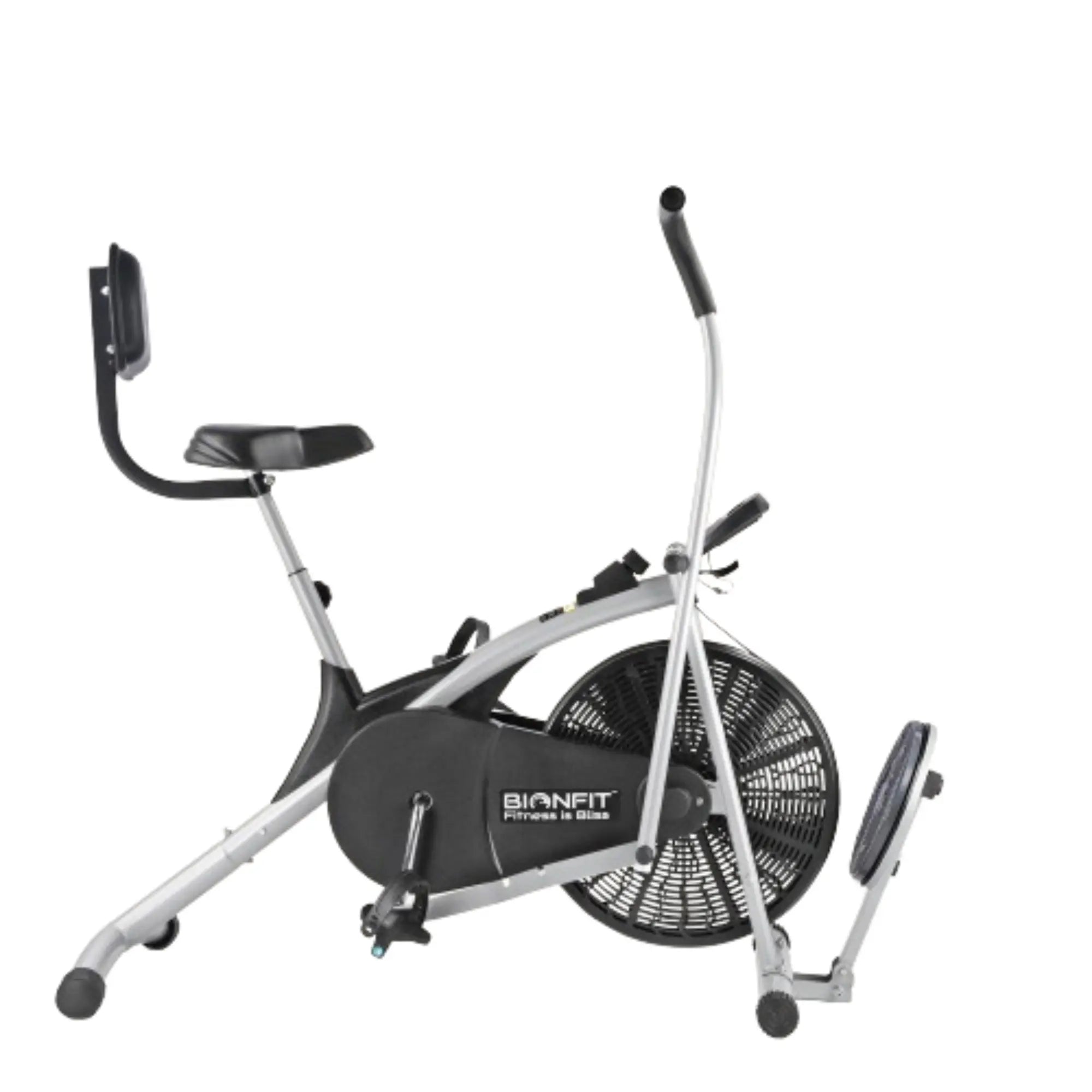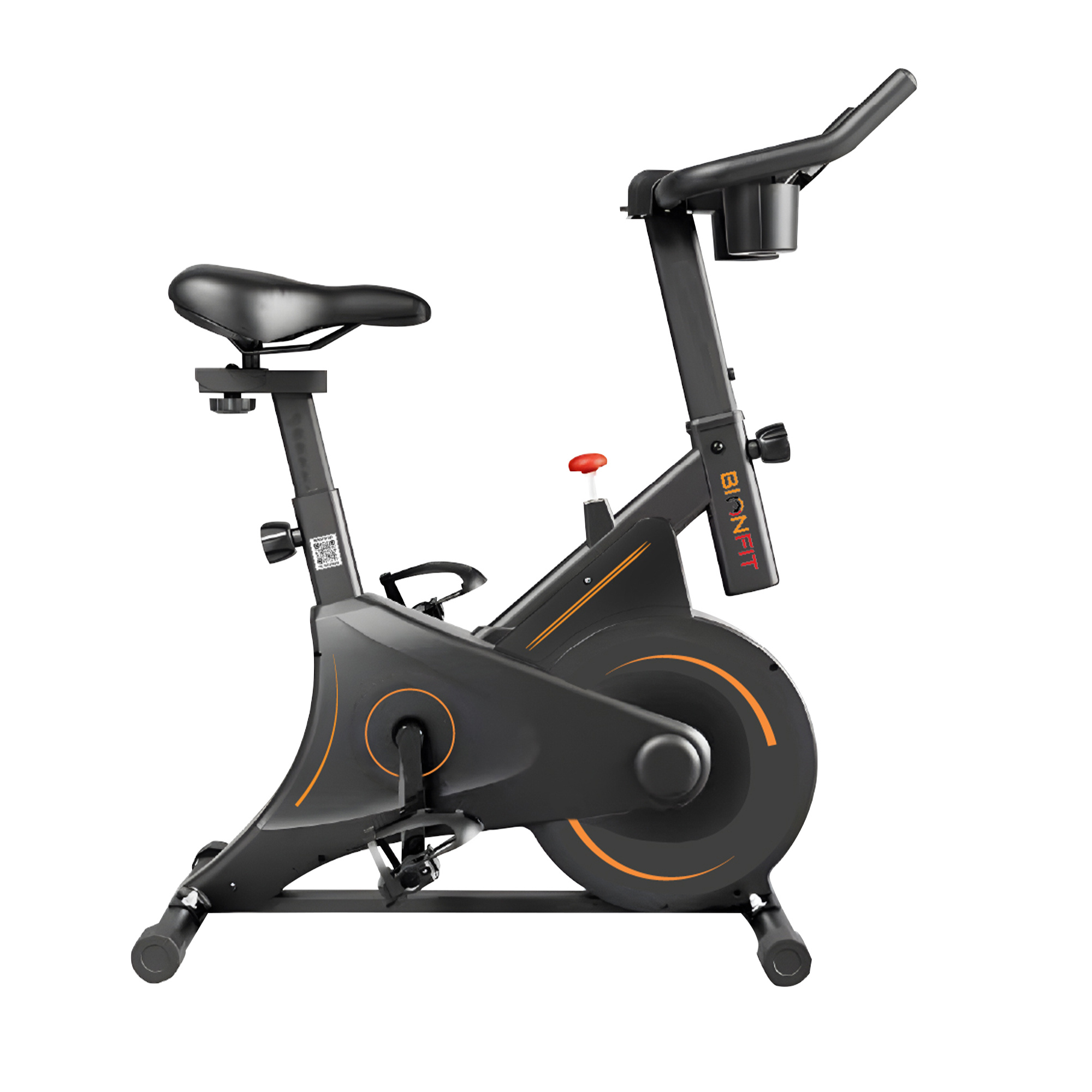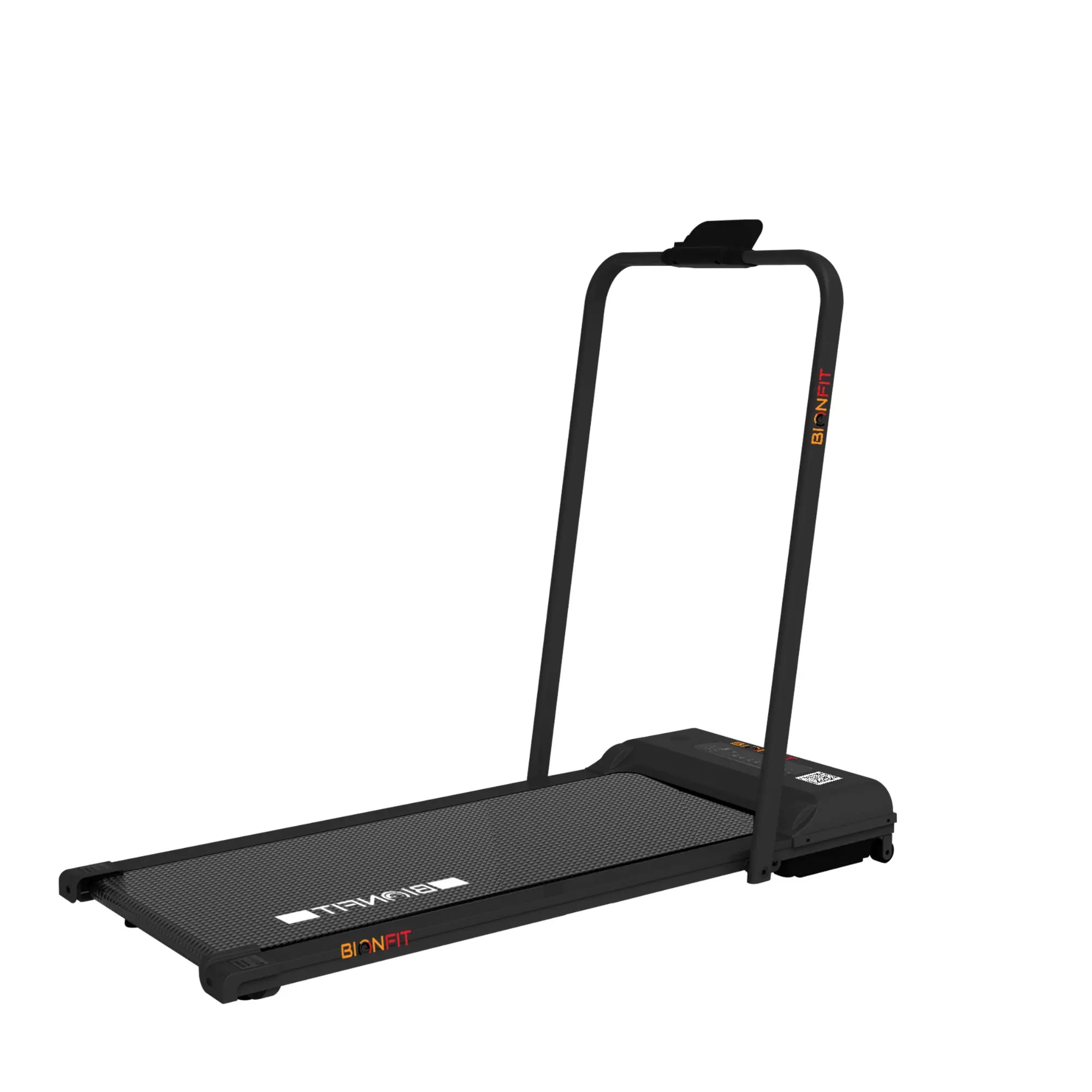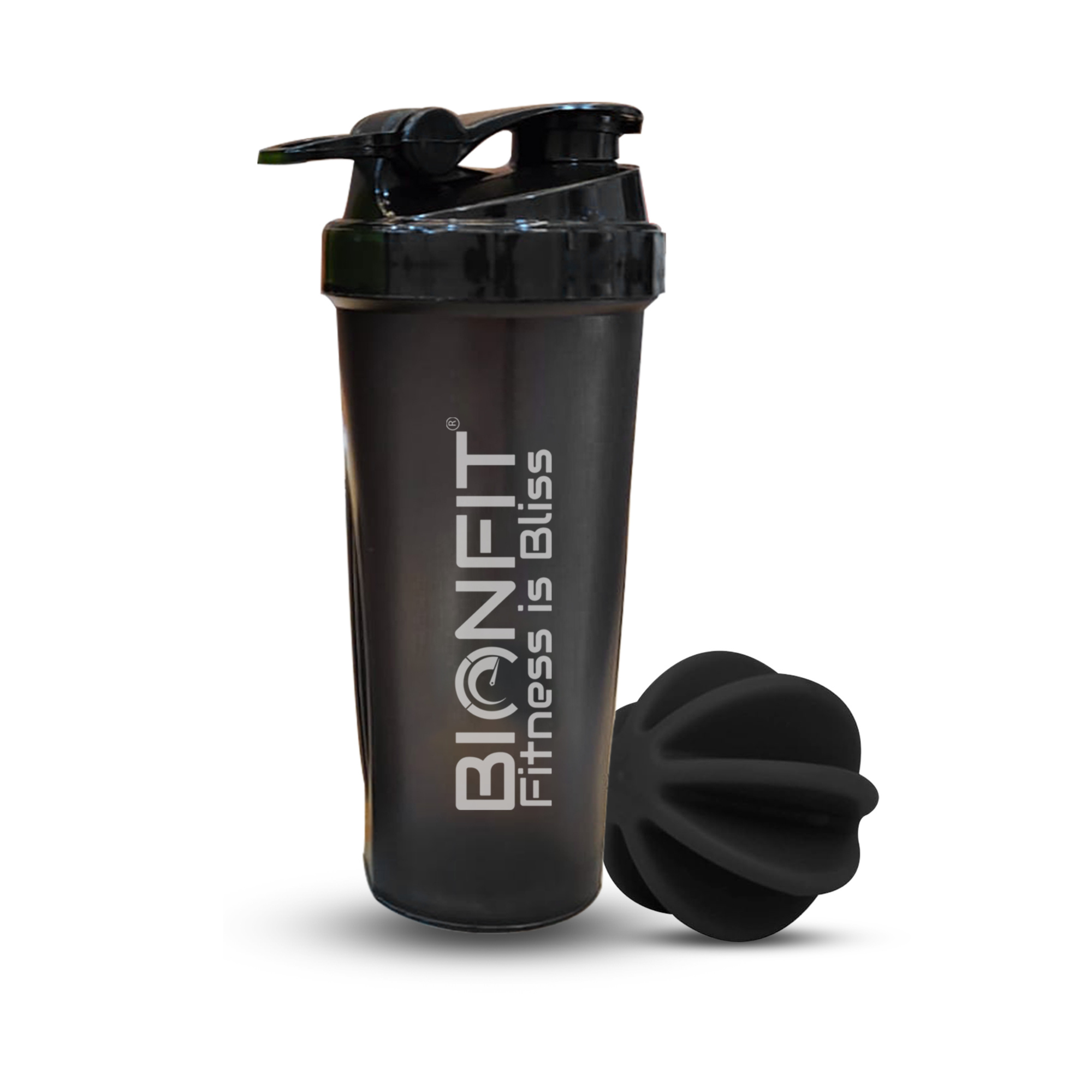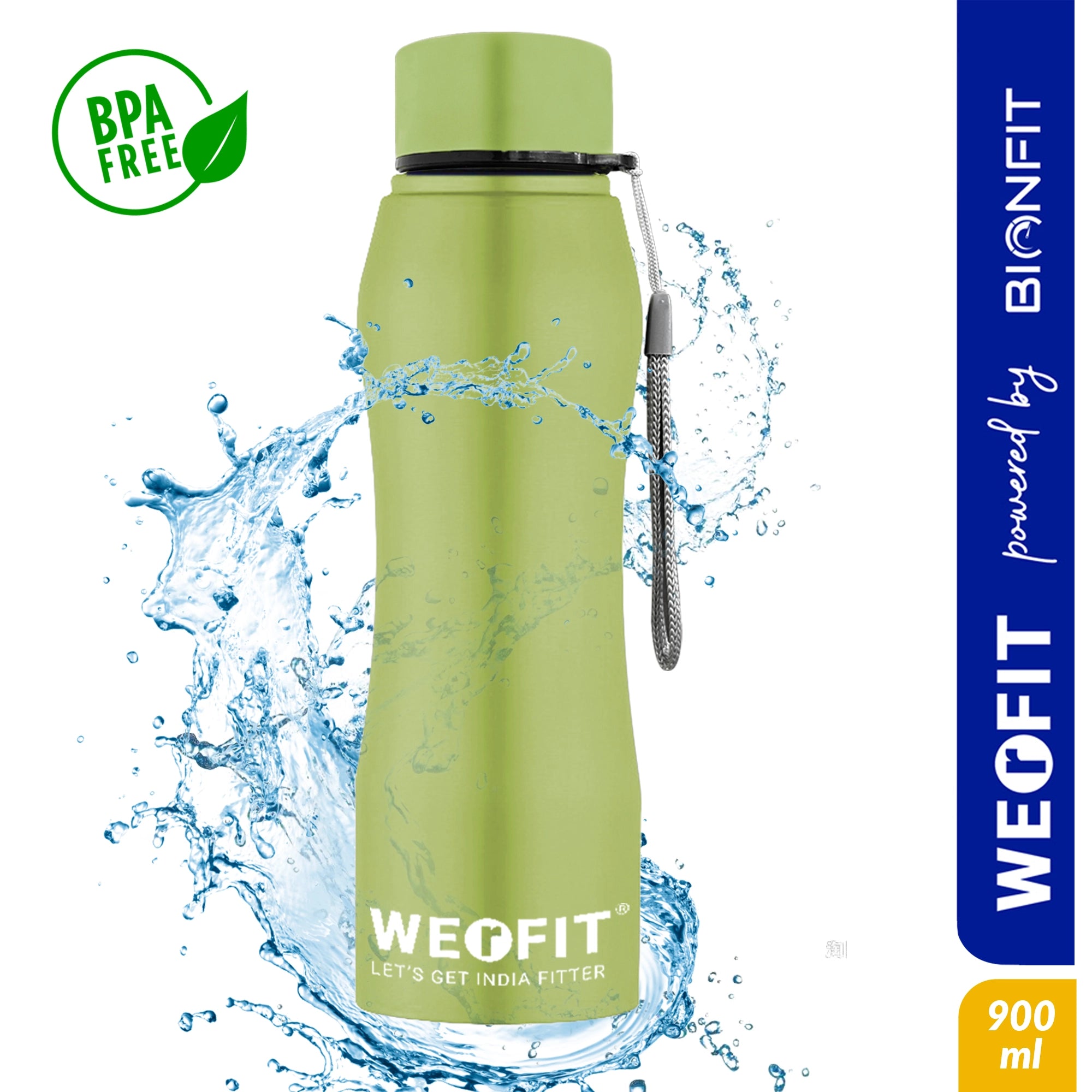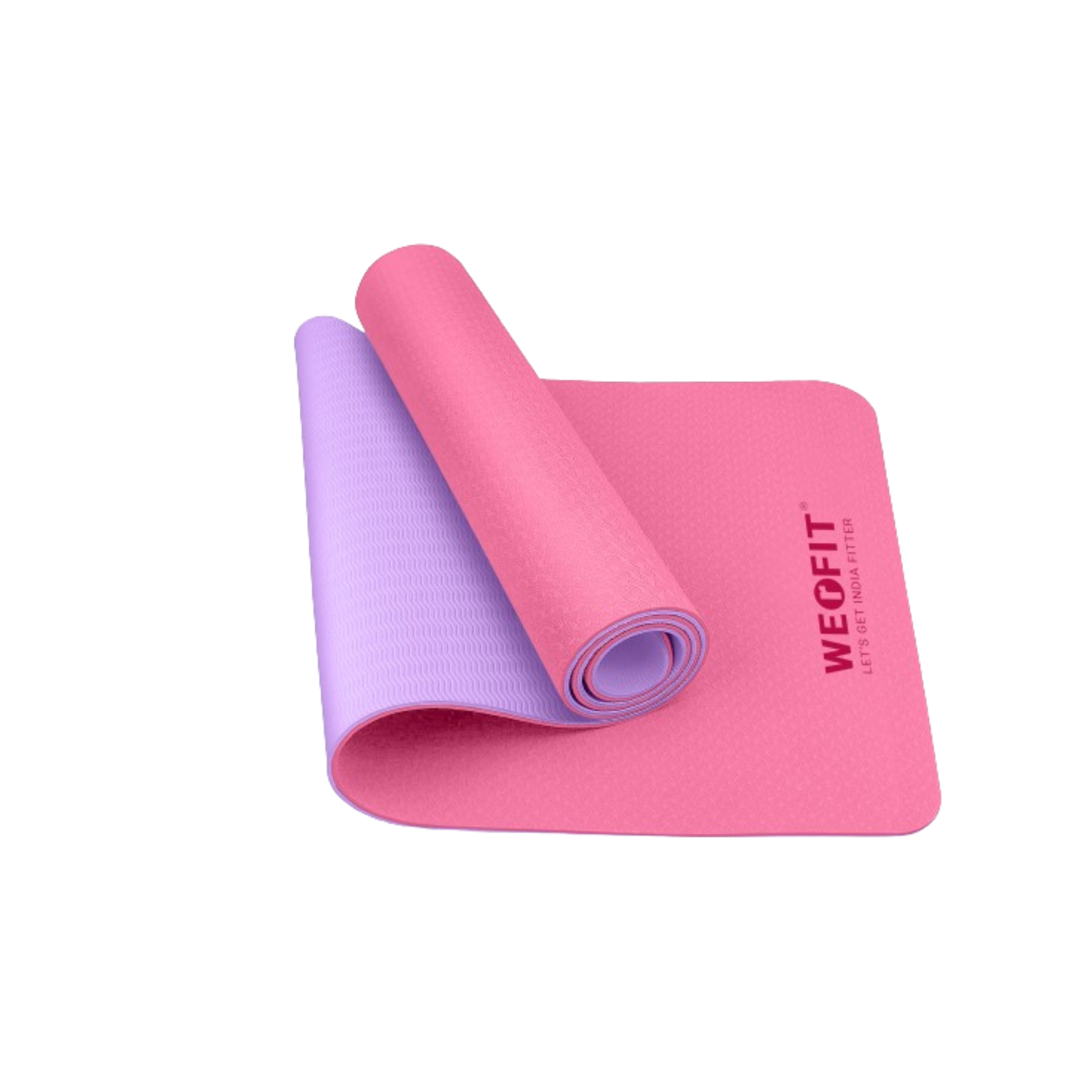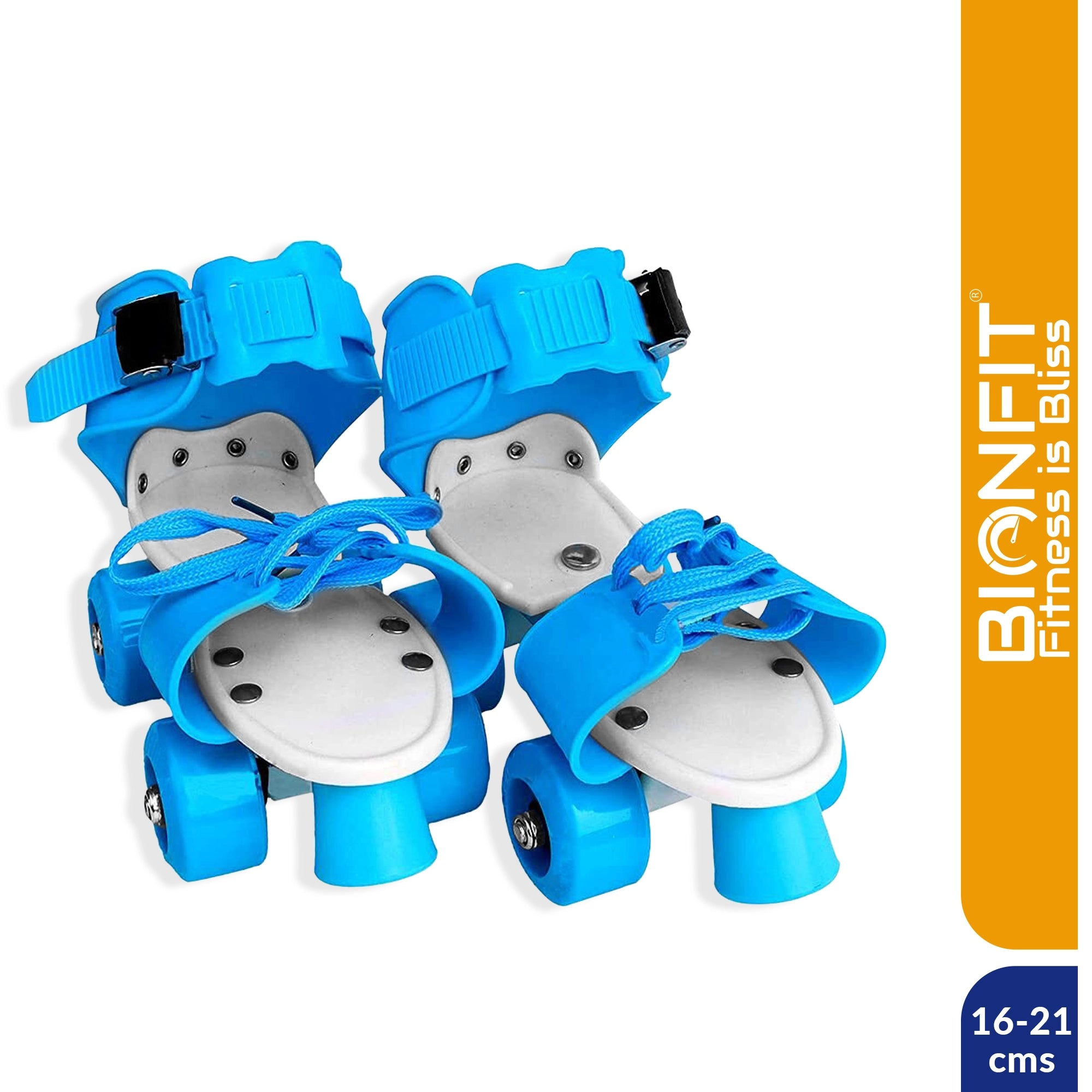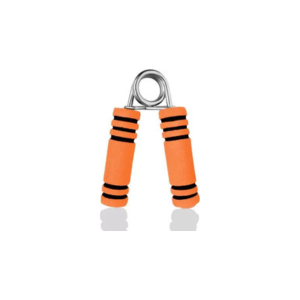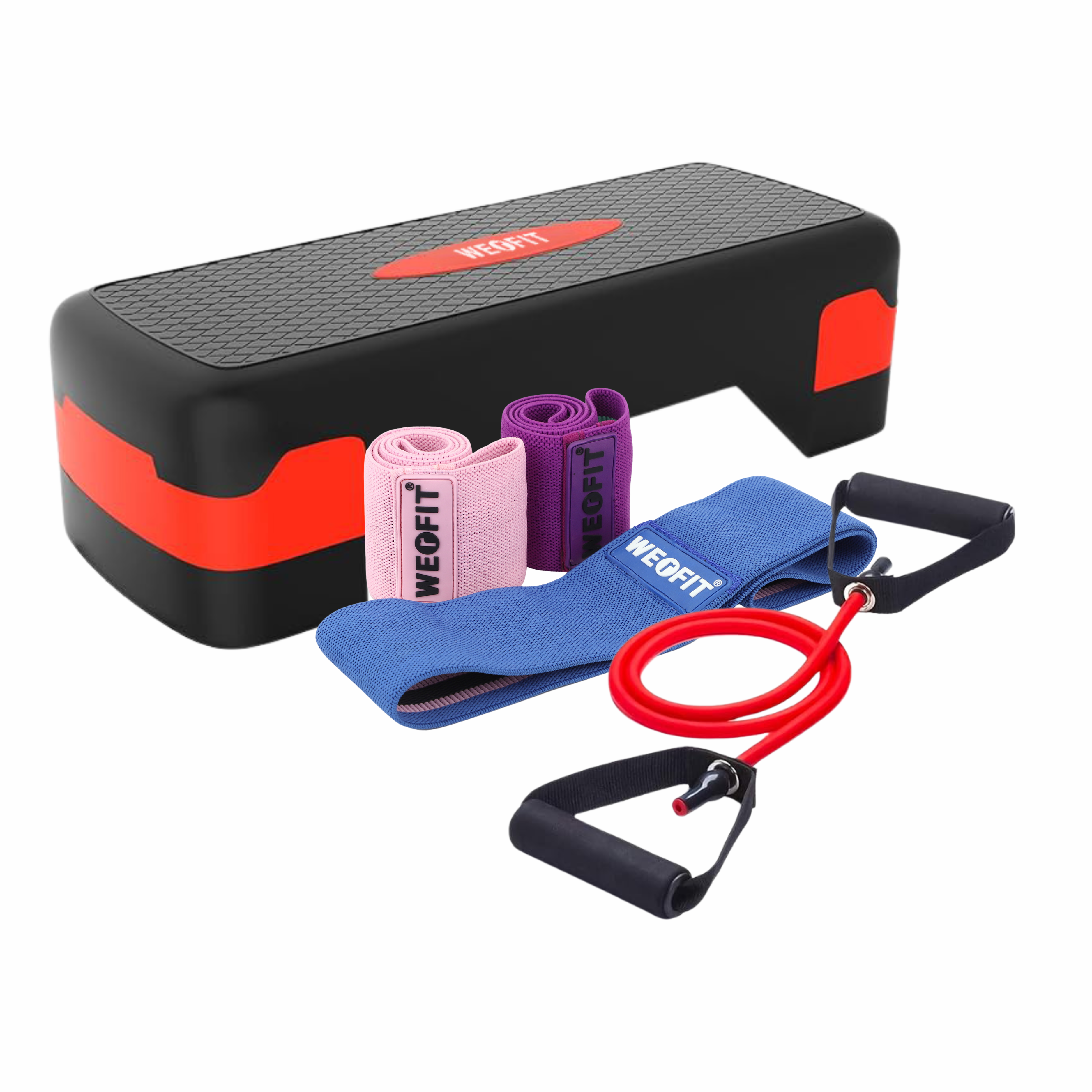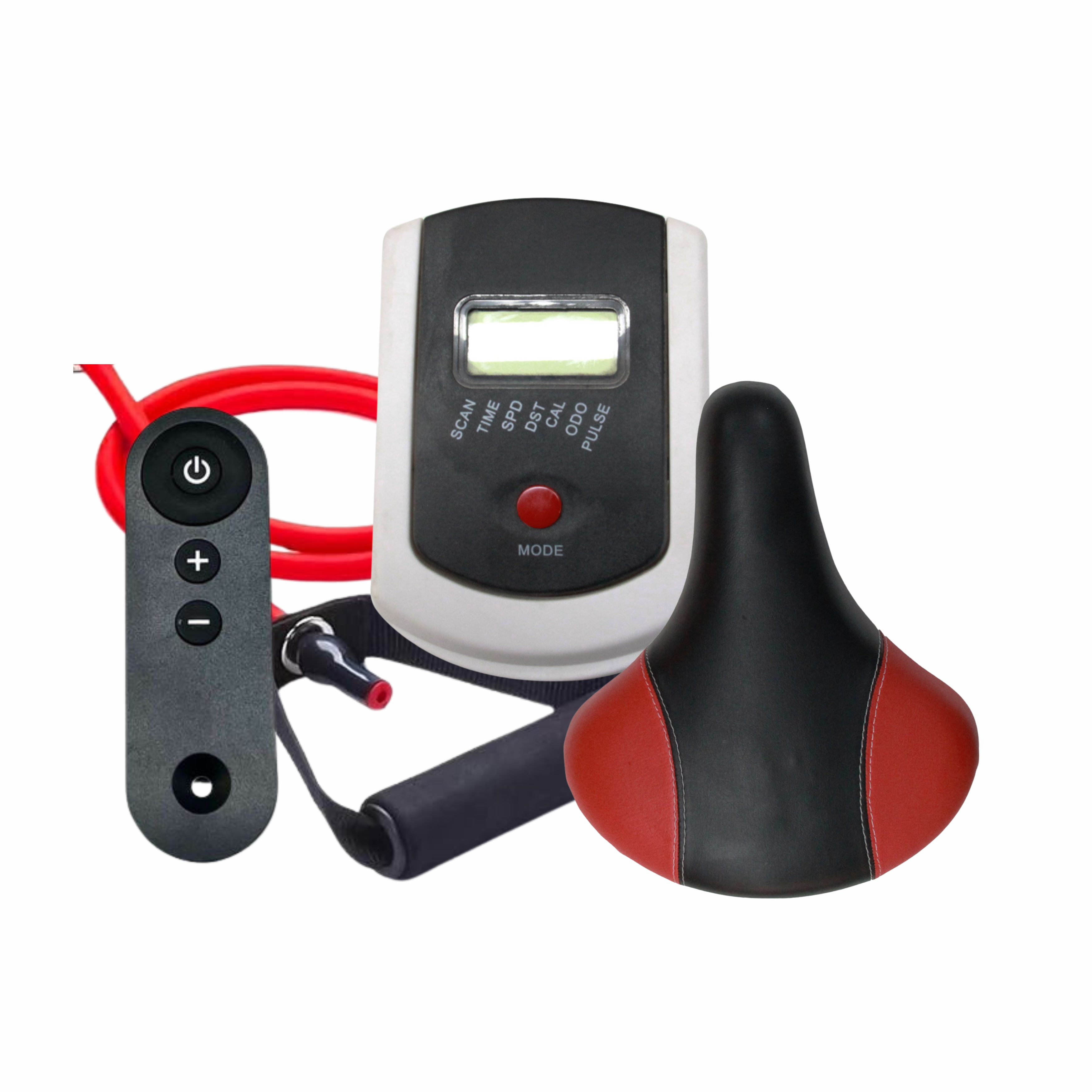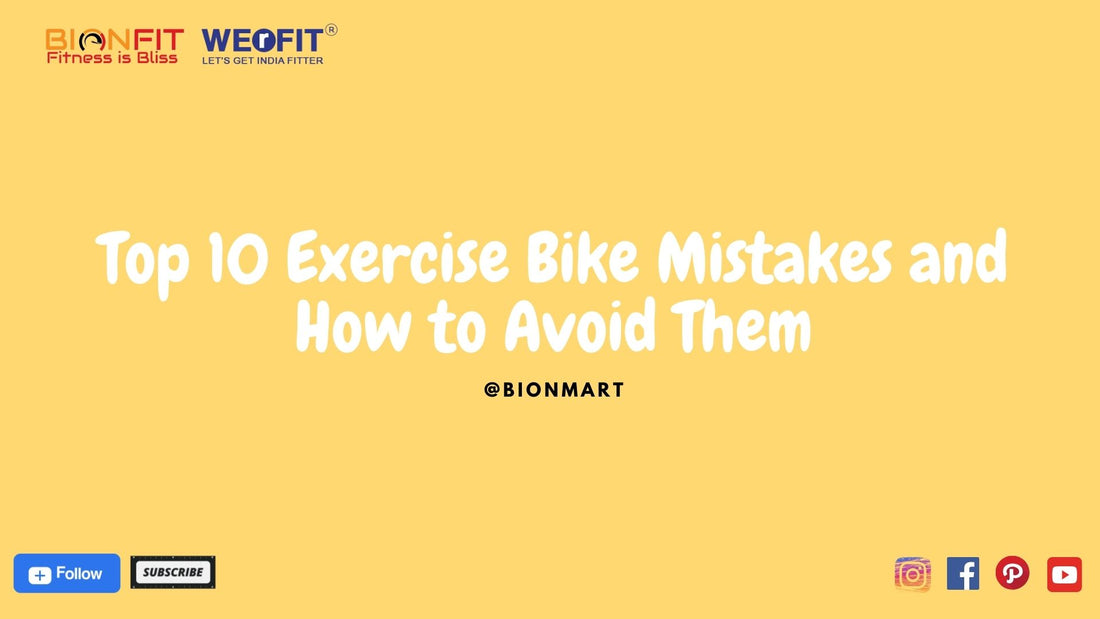
Top 10 Exercise Bike Mistakes and How to Avoid Them
Exercise bikes are a fantastic way to stay fit, offering a convenient and effective cardiovascular workout right at home. However, as simple as it seems to hop on and start pedaling, many people unknowingly make mistakes that can hinder their progress or even cause injury. Let's dive into the top 10 exercise bike mistakes and learn how to avoid them, ensuring a safe and productive workout every time.
Mistake #1: Incorrect Seat Height
One of the most common mistakes is setting the seat height incorrectly. If your seat is too high or too low, you risk straining your knees and reducing the efficiency of your workout.
Consequences of Incorrect Seat Height:
- Increased risk of knee pain and injury
- Poor pedaling efficiency
- Discomfort during your ride
How to Adjust Seat Height Properly:
- Stand next to your bike and adjust the seat so it’s level with your hip.
- When seated, ensure your leg has a slight bend (about 25-35 degrees) at the knee when the pedal is at its lowest point.
Mistake #2: Poor Posture
Riding with poor posture can lead to back pain and reduce the effectiveness of your workout. Maintaining the correct posture is crucial for both comfort and performance.
Impact of Poor Posture on Your Workout:
- Increased risk of back and neck pain
- Reduced lung capacity and oxygen flow
- Decreased workout efficiency
Tips for Maintaining Correct Posture:
- Keep your back straight and avoid slouching.
- Engage your core muscles to support your spine.
- Ensure your shoulders are relaxed and not hunched.
Mistake #3: Ignoring Resistance Settings
Many people stick to one resistance level, missing out on the benefits of varied intensity. Resistance is key to building strength and endurance.
Why Resistance Matters:
- Helps build muscle strength
- Increases cardiovascular endurance
- Prevents workout plateau
How to Set and Adjust Resistance Levels:
- Start with a moderate resistance to warm up.
- Gradually increase the resistance to challenge your muscles.
- Include intervals of high resistance to boost strength and stamina.
Mistake #4: Overdoing It
It’s easy to get carried away, especially when you’re motivated. However, over-exercising can lead to burnout and injuries.
Risks of Over-Exercising:
- Increased risk of injuries
- Fatigue and burnout
- Decreased immune function
Finding the Right Balance:
- Listen to your body and rest when needed.
- Mix up your routine with different types of workouts.
- Aim for 30-60 minutes of moderate exercise most days of the week.
Mistake #5: Underutilizing Handlebars
The handlebars aren’t just there for support; they play a vital role in your workout. Proper use can enhance your performance and comfort.
Importance of Handlebar Usage:
- Helps distribute weight evenly
- Improves stability and balance
- Engages upper body muscles
Correct Handlebar Grip Techniques:
- Keep a light but firm grip.
- Change hand positions regularly to avoid fatigue.
- Align your wrists with your forearms to prevent strain.
Mistake #6: Neglecting Warm-Up and Cool Down
Skipping warm-up and cool-down exercises can lead to stiffness and injuries. These routines prepare your body for exercise and aid in recovery.
Benefits of Warm-Up and Cool Down:
- Increases blood flow to muscles
- Reduces risk of injury
- Aids in muscle recovery
Effective Warm-Up and Cool Down Routines:
- Warm-Up: 5-10 minutes of light pedaling with low resistance.
- Cool Down: 5-10 minutes of light pedaling followed by stretching.
Mistake #7: Focusing Only on Duration
Long workouts aren’t always better. Quality matters more than quantity. Incorporating variety can make your workouts more effective and enjoyable.
Quality vs. Quantity in Workouts:
- Long workouts can lead to burnout.
- High-intensity intervals can be more effective in less time.
- Focus on form and technique over duration.
Incorporating Interval Training:
- Alternate between high-intensity sprints and moderate cycling.
- Example: 30 seconds of high resistance followed by 1 minute of low resistance.
Mistake #8: Inconsistent Pedaling Speed
Fluctuating speeds can reduce workout efficiency and increase the risk of injury. Consistency is key for a smooth and effective workout.
Problems with Fluctuating Speeds:
- Increased risk of muscle strain
- Inconsistent cardiovascular benefits
- Reduced workout efficiency
Maintaining a Consistent Pace:
- Find a rhythm that suits your fitness level.
- Use music or a metronome app to keep a steady pace.
- Focus on smooth, controlled movements.
Mistake #9: Wearing Inappropriate Clothing
Your workout attire can significantly impact your comfort and performance. Wearing the right clothing can enhance your workout experience.
How Clothing Affects Performance:
- Tight or loose clothing can restrict movement.
- Inappropriate fabrics can cause overheating or chafing.
- Proper footwear is essential for pedal grip and support.
Recommendations for Proper Workout Attire:
- Choose moisture-wicking fabrics to stay dry.
- Wear fitted, but not too tight, clothing.
- Opt for cycling shoes or snug sneakers with good grip.
Mistake #10: Not Staying Hydrated
Hydration is crucial for maintaining performance and preventing fatigue. Dehydration can negatively impact your workout and overall health.
Importance of Hydration:
- Regulates body temperature
- Lubricates joints
- Transports nutrients for energy
Tips for Maintaining Hydration:
- Drink water before, during, and after your workout.
- Keep a water bottle within reach while cycling.
- Monitor your urine color to gauge hydration levels.
Common Questions and Myths About Exercise Bikes
Exercise bikes are often surrounded by misconceptions. Let’s clear up some of these myths and answer common questions.
Debunking Popular Myths:
- Myth: Exercise bikes only work your legs. Fact: They can engage your core and upper body too.
- Myth: Longer workouts are always better. Fact: Short, high-intensity sessions can be equally effective.
- Myth: You don’t need to adjust resistance. Fact: Varying resistance is crucial for progress.
Answering Frequently Asked Questions:
- Can you lose weight with an exercise bike? Yes, consistent use combined with a healthy diet can help you lose weight.
- How often should you use an exercise bike? Aim for at least 3-4 times a week for optimal results.
- Is it suitable for all fitness levels? Yes, it can be adjusted to suit beginners to advanced users.
Tips for Maximizing Your Exercise Bike Workouts
To get the most out of your exercise bike, consider incorporating advanced techniques and keeping your routines varied and engaging.
Advanced Techniques for Seasoned Users:
- Try standing intervals to engage more muscles.
- Use one-legged pedaling drills to build strength.
- Incorporate HIIT sessions for maximum calorie burn.
How to Keep Your Workouts Fresh and Engaging:
- Change your routine regularly to prevent boredom.
- Use apps or videos to follow guided workouts.
- Set goals and track your progress for motivation.
Choosing the Right Exercise Bike
Selecting the right bike can make a significant difference in your workout experience. Here’s what to consider.
Different Types of Exercise Bikes:
- Upright Bikes: Traditional, compact, suitable for all levels.
- Recumbent Bikes: Offer back support, ideal for those with joint issues.
- Indoor Cycles: Mimic outdoor biking, great for intense workouts.
How to Choose the Best One for Your Needs:
- Consider your fitness goals and any physical limitations.
- Test different models for comfort and features.
- Look for adjustable settings and quality build.
Conclusion
Avoiding common exercise bike mistakes can drastically improve your workout experience and results. By adjusting your seat height, maintaining proper posture, varying your resistance, and following other tips, you’ll maximize the benefits of your exercise bike sessions. Stay consistent, listen to your body, and enjoy the ride!
FAQs
1. What is the best type of exercise bike for beginners?
- Upright bikes are typically best for beginners due to their simplicity and ease of use.
2. How often should I use my exercise bike?
- Aim for at least 3-4 times per week to see consistent results and improvements.
3. Can I lose weight with an exercise bike?
- Yes, with regular use and a balanced diet, an exercise bike can help you lose weight effectively.
4. How do I prevent soreness after a workout?
- Incorporate proper warm-up and cool-down routines, stay hydrated, and consider post-workout stretching or foam rolling.
5. What should I look for in a quality exercise bike?
- Look for features like adjustable seat and handlebars, sturdy construction, smooth resistance adjustments, and user-friendly controls.
Follow us for more updates.

